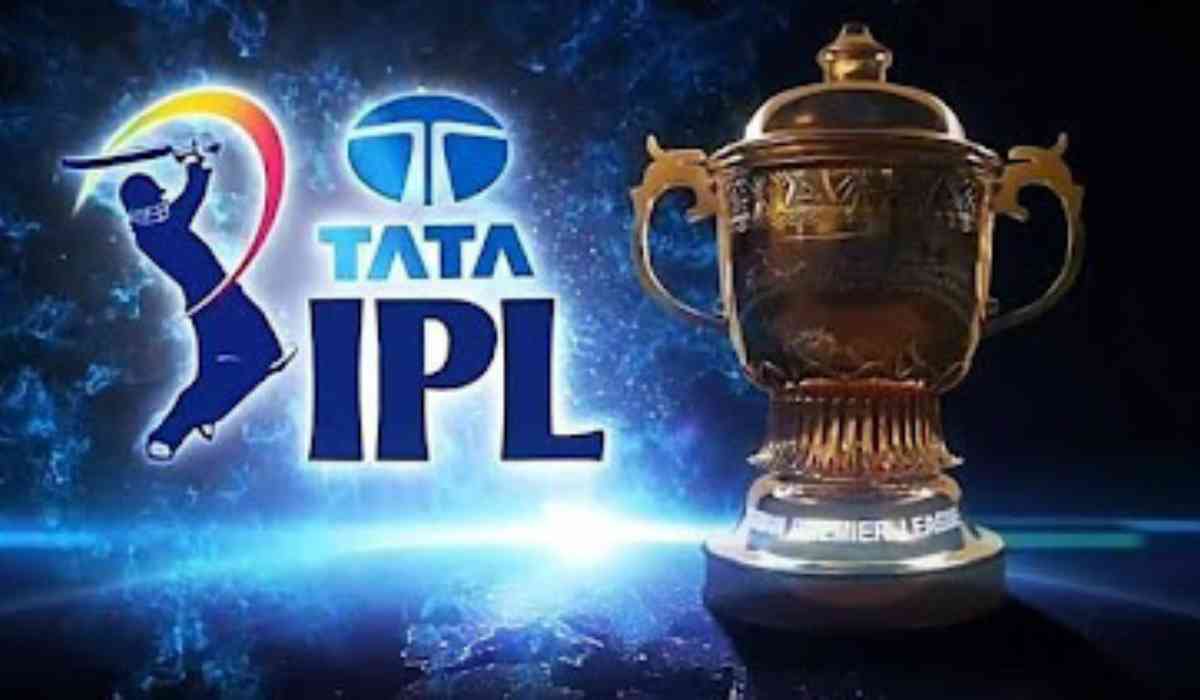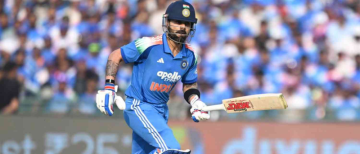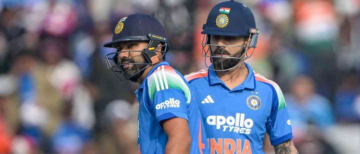The IPL has now emerged as one of the most viable sports leagues in the world, churning out massive revenues year in and year out. In that respect, with the broadcasting rights deal valued at ₴48,390.5 crore for the next 2023-2027 cycle, it simply sets about more financial record-breaking for itself and as an example of sheer sports business muscle. A new five-year broadcasting deal worth double the previous cycle from 2018 to 2022 once again underscores exponential growth in the league.
The two major money-spinners for IPL: Broadcasting Rights and Sponsorships
The sales of broadcasting rights have been an important source of revenue for the IPL, and with the current cycle of 2023-2027, things have taken a big turn in the digital field. Mukesh Ambani-backed Viacom18 won the digital broadcasting rights for ₹23,758 crore, edging out Disney Star that managed to hold on to the television rights for ₹23,575 crore.
The two key broadcasting deals were topped up by Viacom18 shelling out ₹2,991 crore for non-exclusive rights to broadcast the 18 matches exclusive matches. Global broadcasting rights were retained by Viacom18 and Times Internet that collectively fetched ₹1,075 crore .
IPL also generates significantly from Sponsorship deals. Notably, Tata is the chief title sponsor of the 2022 and 2023 season and will pay the Board of Control for Cricket in India (BCCI) ₹335 crore. Chinese smartphone manufacturer Vivo, after pulling out two years ahead of schedule, paid BCCI ₹1,124 crore in an exit strategy. Associate sponsorships have added over ₹300 crore to the kitty of IPL, through official partners, on-ground partners, and strategic time-out sponsors.
The Central Pool: Much of the money to the franchises will come from this central pool, and that will be mostly from broadcasting rights and central sponsorships. Central pool makes up for around 70-80 percent of the total amount generated by the IPL franchises, which is 50 percent bagged by BCCI, the remaining 45 percent is divided among all franchises equally, and the remaining 5 percent goes in the form of prize money to the teams, which reach the final playoffs. The largest share in this regard goes towards the winner of the playoffs.
The deal is thus estimated to add around $7.6 billion in the revenue of the central pool for 2023-2027. This central pool is estimated to generate an annual sum of nearly ₹600 crore or about $76.9 million for the franchises, which is more than double compared to what the teams earned in the year 2022, amounting to almost ₹275 crore.
Team Sponsorship and Tickets: Other Sources of Income
Apart from the pool shared within the league, teams also earn money through sponsorship deals that are specific to their team. These are jersey sponsors, digital partners, and other deals that are exclusive to a certain team. While this is certainly much smaller than the revenues generated from broadcasting rights, it still provides an excellent percentage to a franchise's earnings.
Ticket sales constitute another 10-15 percent in the revenue of a franchise. With each of the seven home matches per season, the home franchise fetches 80 percent in terms of collection while the rest of 20 percent goes to the BCCI and to the sponsors. The rest of the revenue is fetched through selling food and beverages in the stadium on match days.
With inputs from agencies
Image Source: Multiple agencies
*The views expressed are personal to the author and do not reflect the platform's opinion of the same.
© Copyright 2024. All Rights Reserved Powered by Vygr Media.























